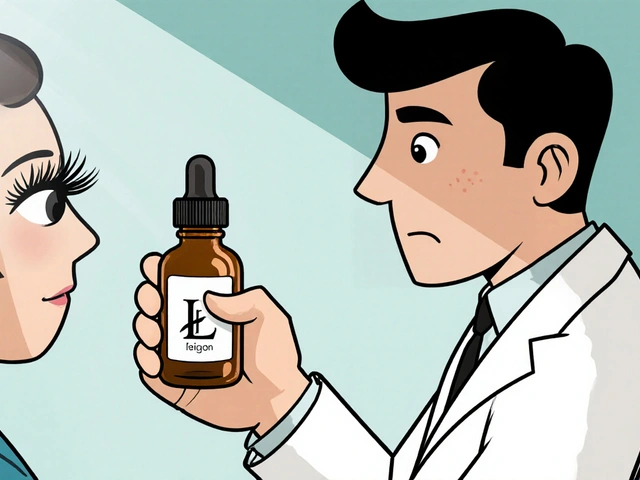Zinc supplement: what it does, how to take it, and what to watch for
Zinc is one of those minerals people notice when they catch a cold or worry about skin and healing. You need it for immune function, wound repair, taste and smell, and making DNA. A small daily dose can help fill gaps from diet, but the right form and dose matter.
First, look at elemental zinc on the label. Different zinc salts list different total amounts but not the same elemental zinc. For example, 220 mg zinc sulfate ≈ 50 mg elemental zinc. If a label says 30 mg elemental zinc, that’s the number that matters for dose and safety.
Which form is best?
Common forms: zinc gluconate, zinc sulfate, zinc acetate, and zinc picolinate. Zinc sulfate often causes stomach upset. Zinc picolinate and acetate are generally better tolerated and seem to absorb well. For colds, zinc acetate lozenges have the best evidence for shortening symptoms when started within 24 hours of onset.
How much should you take?
RDA: about 11 mg/day for adult men and 8 mg/day for adult women; pregnancy bumps the need to roughly 11 mg/day. For general supplementation, 15–30 mg/day of elemental zinc is a common choice. Short-term zinc lozenges for a cold may total 75 mg/day in divided doses, but those higher doses are meant only for a few days.
Do not exceed the upper limit of 40 mg/day long-term unless a doctor recommends it. High, long-term zinc can cause copper deficiency, lower immune function, and anemia.
Zinc can cause nausea if taken on an empty stomach. Take it with a small meal if that happens, but avoid dairy or high-iron meals right before or after zinc — calcium and iron can reduce zinc absorption. Also space zinc at least two hours away from tetracycline or quinolone antibiotics to prevent interaction.
Topical zinc works too. Zinc oxide or zinc sulfate in creams helps skin healing and protects minor wounds. Zinc is often used in acne products and diaper rash creams, where local action matters more than blood levels.
Buying tips: pick a reputable brand, check the label for elemental zinc, and avoid megadoses unless supervised by a clinician. If you plan to take >40 mg/day for weeks, ask your doctor to check copper levels and blood counts.
Who should be cautious? People on certain antibiotics, those with copper deficiency risk, and anyone on long-term high-dose zinc. Pregnant and breastfeeding women should consult a healthcare provider before starting a supplement.
Quick practical checklist: 1) Check elemental zinc amount, 2) Choose picolinate or acetate if GI upset is an issue, 3) Keep daily doses near RDA for routine use, 4) Use higher short-term doses only for colds and under guidance, 5) Ask your doctor about interactions and testing when using high doses.
Zinc helps, but it’s not a cure-all. Use the right form and dose, watch for interactions, and check with a clinician when you plan higher or long-term dosing.

Discover the crucial role zinc plays in maintaining your health and well-being. This article dives into the benefits of zinc supplements, common signs of deficiency, how to incorporate zinc into your diet, and tips for maximizing its absorption. Learn why zinc is the wellness-boosting supplement you've been looking for.






